Sensory Skills for Infants & Toddlers || Timberdoodle Tiny Tots Kit Review
This post may contain affiliate links, which means I may receive compensation if you make a purchase using one of these links.
Sensory integration is one of the most critical aspects of an infant and toddler’s growth. Body awareness and coordination are rooted in understanding what a baby senses and feels.
When young children learn to integrate what they are sensing and feeling, they gain control of their muscles and understand where they are in space. As researchers have come to know more about sensory processing disorders, they are urging parents to offer more intentional sensory experiences to babies to stimulate brain pathways as soon as possible.
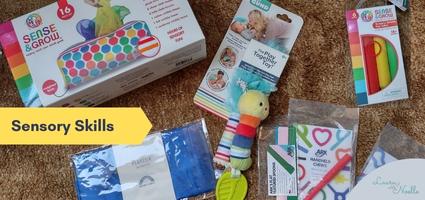
A special thanks to Timberdoodle Company for sponsoring this homeschool series of posts by graciously sending us this complimentary curriculum kit to see what we think. All opinions are our own!
The Birth to 2 Tiny Tots Kit features five tools specifically chosen to help parents and caregivers offer babies and toddlers intentional daily sensory experiences. The more sensory stimulation a child gets, the more pathways in the brain develop (think about what occupational therapy does for kiddos that need extra input). We can offer these interactions from birth with a few creative tools!
Play Together Caterpillar

The Play Together Caterpillar by Gund is designed for babies 0-18 months and we pulled it out of the package right away. At just a few weeks old, our son was being tickled by the fluffy tail and engaged by the bell and crinkly noise of the fabric when we shook it. When he was around 2-3 months old, I introduced the teething leaf on the bottom of the caterpillar and let him gnaw away on it.
We absolutely adore this rattle! It’s probably the most versatile toy we own for baby and it is played with daily. At the changing table, when we sit and rock in the chair, during tummy time, when he sits in the bouncer, in the carseat, and when we are out and about–it’s often taken along in the diaper bag.

I love that the Play Together Caterpillar does just that–it allows us to play with baby even from the earliest days. Big sister loves to tickle baby brother with the fluffy tail and shake the rattle to engage him and make him smile. He loves the colors and the soft textures, and the little handle between the caterpillar’s body and tail is fun to slip his hand through so he can learn to shake it!
Playsilk

Another toy we used from birth are the beautiful Sarah’s Silks Playsilks. Made of pure mulberry silk, the quality of all their playsilks are stunning. We have had full-size and mini-size silks for years and loved adding this starry night one to our collection.
Playsilks are an open-ended toy for all ages, but for infants, the sensory stimulation they provide is fabulous. Plus, it’s a toy that will last for a decade (or more) in your child’s life. In early infancy, we would run the scarf gently over baby’s skin so he could feel the smooth, wispy sensation. We would wave it in the air so he could watch it float and fly too.

Once he was able to grasp the fabric, he was eager to feel it, scrunch it, and of course, taste it too! Simple to handwash and hang dry, care is easy and can also be a toddler and preschooler’s first experience at hand washing and drying items too.
Playsilks are perfect for peek-a-boo, music and movement, a clean place to lay baby down in a pinch, easy to take on the go, and so much more. As an open-ended material, the options are literally endless!
Sensory Tissue Box

The Sense and Grow Sensory Tissue Box is recommended for ages 5 months and up. We’ve only pulled it out a few times but I absolutely cannot wait until my baby is able to grab the tissue squares from the box on his own. In the meantime, I show it to him and pull them out, letting him touch and scrunch the different textured squares. He will reach out and touch the squares, but doesn’t quite have the dexterity yet to pull them out of the box.

When my daughter was a baby, I made my own version of this with an empty facial tissue box and baby washcloths inside. I can assure you that this sensory tissue box is far superior to the one I made! The tissue box is made of soft fabric with a weighted bottom to help keep it stable. 15 tissues with different colors and textures give baby an experience with smooth, rough, shiny, crinkly, and bumpy textiles. It includes 6 sheer cloth tissues, 6 tulle tissues, and 3 crinkly tissues (one felt, one cotton, and one corduroy), and the rainbow of colors and textures will amaze and delight babies.
I’ve noticed my baby wants to be entertained more when he’s awake these days and I’m not always able to continually interact with him. Offering new sensory experiences like these tissues are fantastic and keeps him interested and exploring the world, while mom washes the dishes and makes dinner!
I can see this tissue box offering hours of imaginative play from infancy through preschool (and perhaps beyond!).
Not Just Teethers
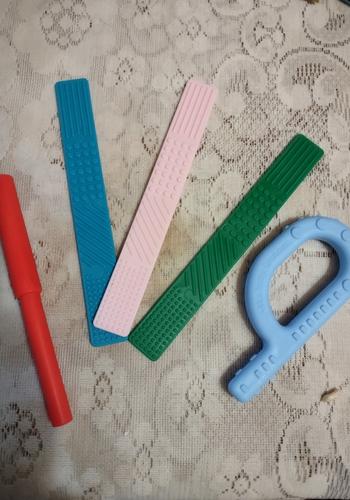
Oh the fun of teething! We are just entering this stage and I couldn’t wait to pull out this collection of teethers. Durable and free of toxins, these chew tools are made by ARK Therapeutic, a company that specializes in sensory oral motor tools. Commonly used for speech or feeding therapy, these tools are fabulous for giving babies a solid introduction to oral stimulation.
Three tools come in this collection: the P-shaped Baby Grabber, the Bite Tube, and three flat textured spoons. While some babies don’t start mouthing and teething until 5-6 months old, others, like mine, start around 3-4 months old. It’s so important for babies to exercise their mouth muscles, tongue, jaw, and lips in order to strengthen them for eating and speaking. It’s also how babies learn about the world of textures, shapes, and self-organization.

The Baby Grabber is the perfect size for my son to hold and gnaw on, and the extended part of it reaches back to the molars. The Bite Tube has a smaller tube on one side and a larger tube on the other. My son likes to grasp the tube and chew on it. When he’s older, we can put soft foods inside to reinforce chewing practice, and also sucking skills as a beginning straw.
We haven’t introduced the Flat textured spoons yet, as we haven’t started solids, but when we do, they can be used to add texture to pureed foods and stimulate the upper or lower lips and tongue. Featuring 4 different textures on each spoon, the sensory feedback for infants is fantastic. My oldest struggled with textures as an infant, and I so wish I had known about amazing tools like these to help.
Sensory Pop Tubes
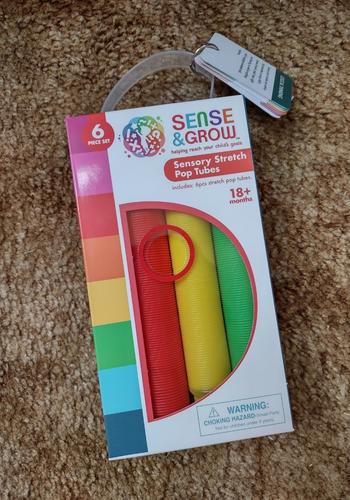
While included in the toddler kit and the Birth to 2 Kit, these versatile pop tubes are actually quite entertaining for infants as well. Infants won’t be able to pull the tubes open and closed of course, but they will be curious about watching you or an older sibling do it!
Our baby watches intently when big sister pulls out the tubes and begins to expand and contract them. The auditory input is impossible for them to ignore, and though it can get a little annoying to adults, kids of all ages are intrigued by it. My six-year-old loves putting them together to make necklaces and shapes, so older and younger children can enjoy these.
The tubes are plastic and will dent easily, so depending on how rough they are played with, they may not last as long as sturdier toys. However, they are relatively inexpensive and easy to replace, and in my opinion, the sensory learning they provide is well worth the cost.
Final Thoughts on Sensory Skills for Infants and Toddlers
Sensory experiences are vital to healthy development, and they are all around us. Getting outside, feeling different textures, temperatures, consistencies, and hearing noises are all part of proper sensory integration. Offering intentional experiences to your infant and toddler will enrich their brain and create a great foundation for future learning.
I love each one of these tools from the Timberdoodle Tiny Tots kit because they aren’t just random toys. Instead, they were carefully selected to address the specific sensory needs that babies have, in addition to some common struggles (like textures when starting solids). If you are looking for quality learning materials that last–these are among the best!
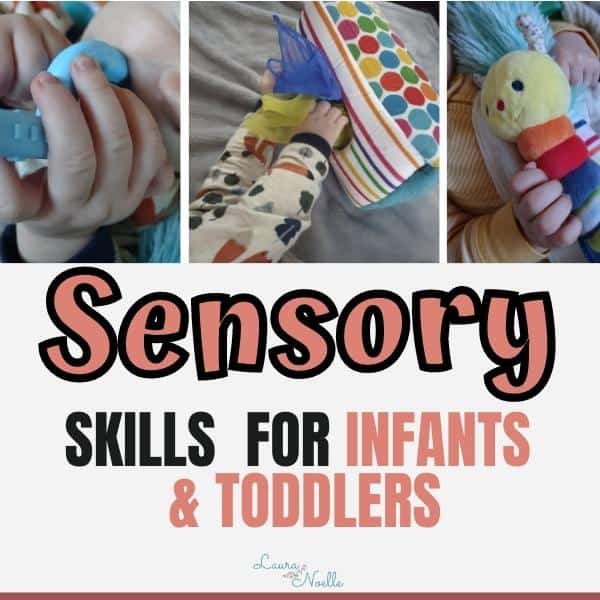
Related Articles about Homeschooling
- Language Arts for Infants || Timberdoodle Tiny Tots Kit Review
- Timberdoodle Tiny Tots Birth to 2 Curriculum Kit Overview (2022-2023 Homeschool Year)
- So You Want to Tot-School?
Want to save Sensory Skills for Infants and Toddlers for later? Pin to your favorite Pinterest board here:
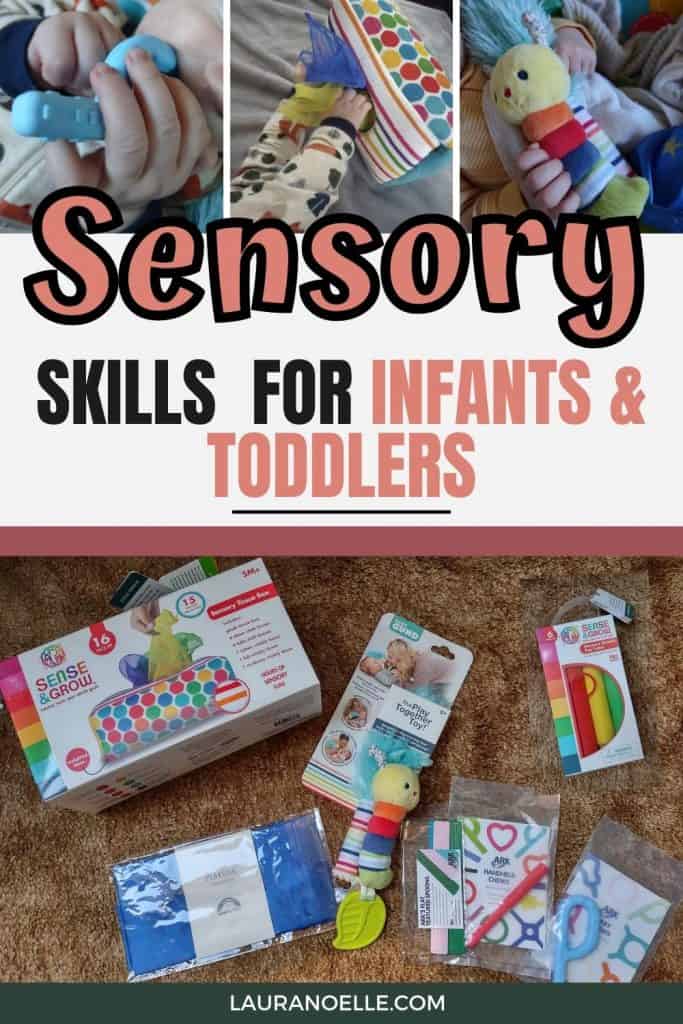

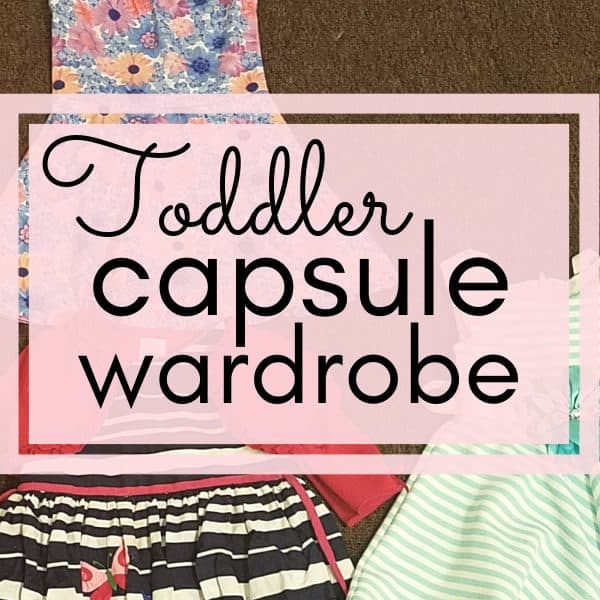
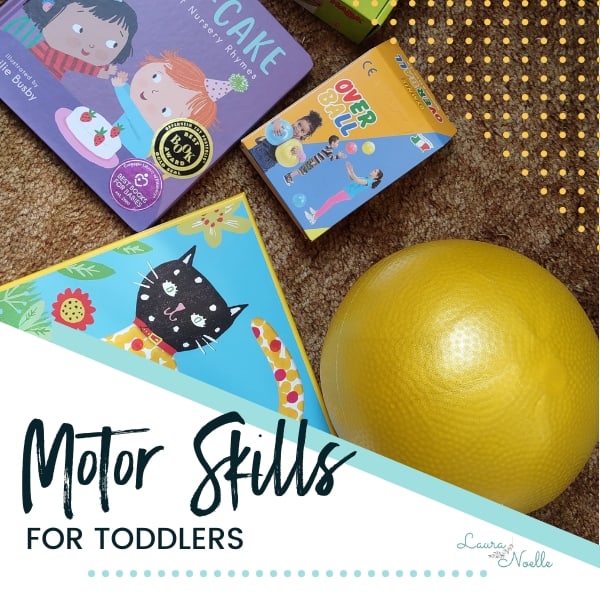
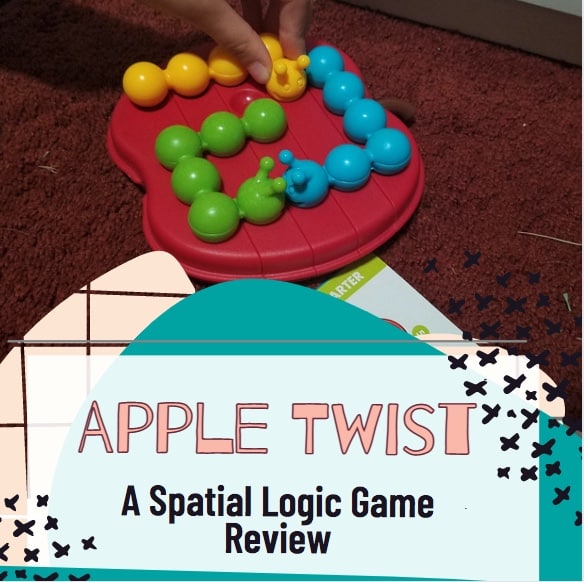
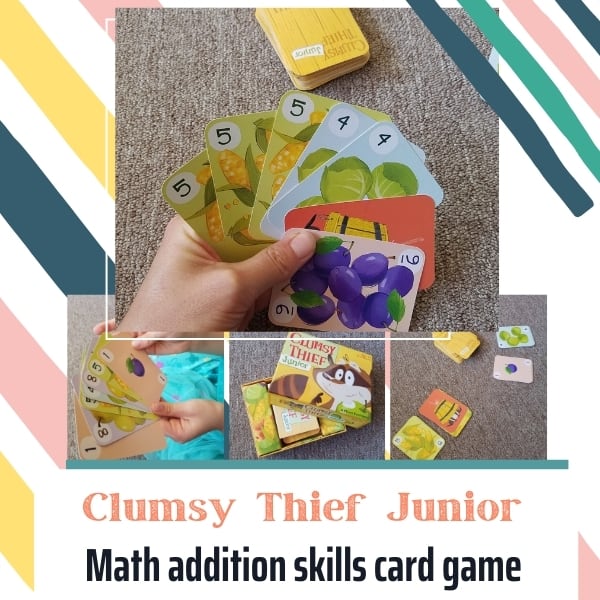
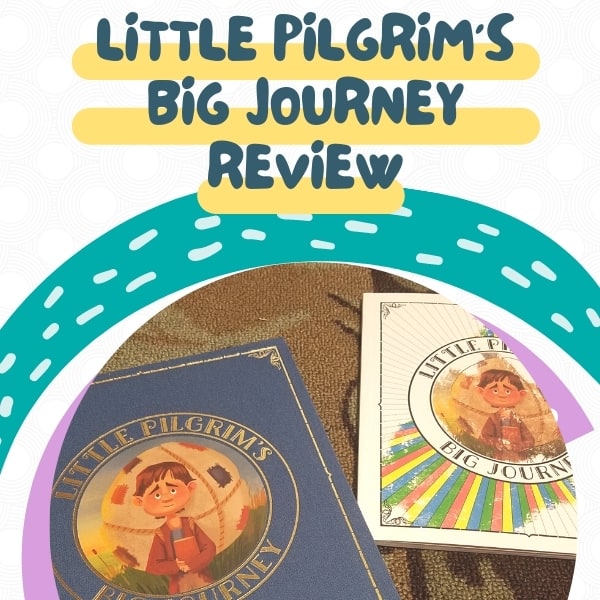
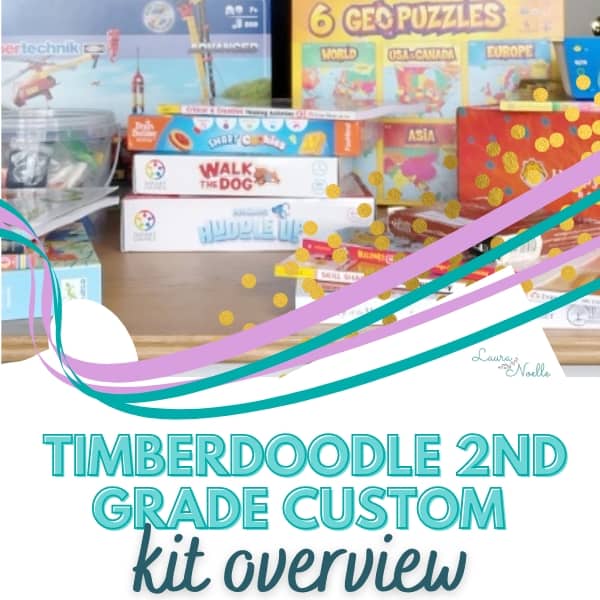
One Comment